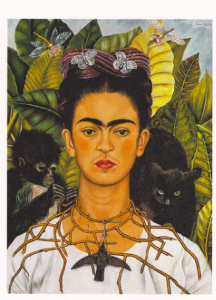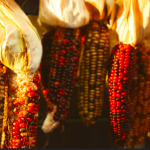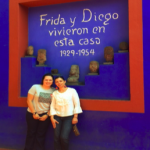Cultura: México
Cultura: México
|
|
Música: Las variedades musicales de México
Ballet Folklórico México Danza – La Bamba (Veracruz)
There are several styles of Mexican music that vary according to the region. Mexican music comes from a mix of traditional indigenous rhythms and music from Spain. Mariachi music is perhaps the most renowned around the world to represent Mexico. Mariachi music originated in the State of Jalisco and it mixes traditional Spanish music and local influences to create the famous “rancheras”. The Northern states of Mexico saw a lot of influence from the USA such as the ‘Tejano” music, which is a mix of traditional Texan music and Mexican folklore. One of the instruments that brought a new tradition to the north was the accordion, which later was mixed with local melodies to create the popular “Norteña” music. Each region of Mexico also is represented by various types of dances, such as the “Son Jarocho” (La Bamba) and “Danzón” on the Eastern coast of Mexico (which also integrates the harp) or the “Jarabe Tapatío”, widely popular throughout the world.
Activity. Please select Verdadero (V) o Falso (F) according to the reading. If the statements are false, please correct them.
- Mariachi is the most popular music to represent Mexico around the world. (V) (F)
- A “Ranchera” is a ballad with influences from Spain. (V) (F)
- “Tejano” means a mix of music from northern Mexico and Navajo music. (V) (F)
- “Son Jarocho” is traditional music from the Mexican Caribbean coast. (V) (F)
- The Accordion and the Harp are some of the instruments that are associated with Mexican music. (V) (F)
Personalidad: Frida Kahlo
Press play to listen to the pronunciation of the reading in the paragraph written below.
 |
Tour Virtual (click here) |
Preguntas de Comprensión. After reading the short biography of Frida Kahlo,
answer the following questions.
1. ¿Cuál es el estilo de arte de Frida?
_____________________________________.
2. ¿Qué tipo de cuadros (paintings) pinta Frida?
_________________________________.
3. ¿Cómo se llama el museo de Frida?
__________________________________.
4. ¿Te gusta el arte? ¿Cuál es tu artista favorit@?
____________________________________.




